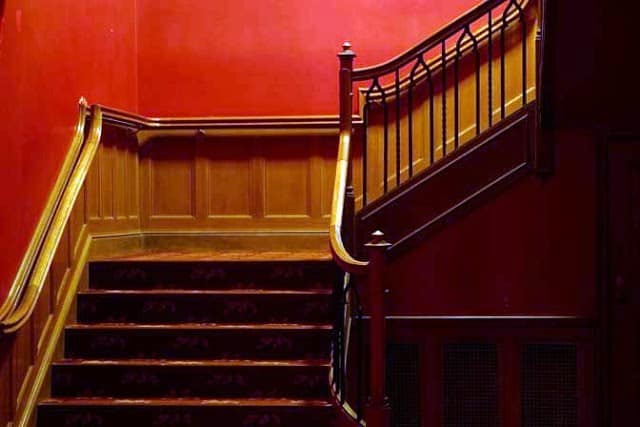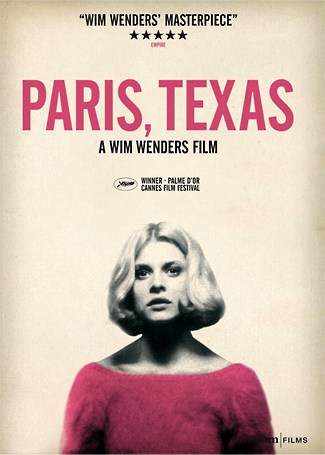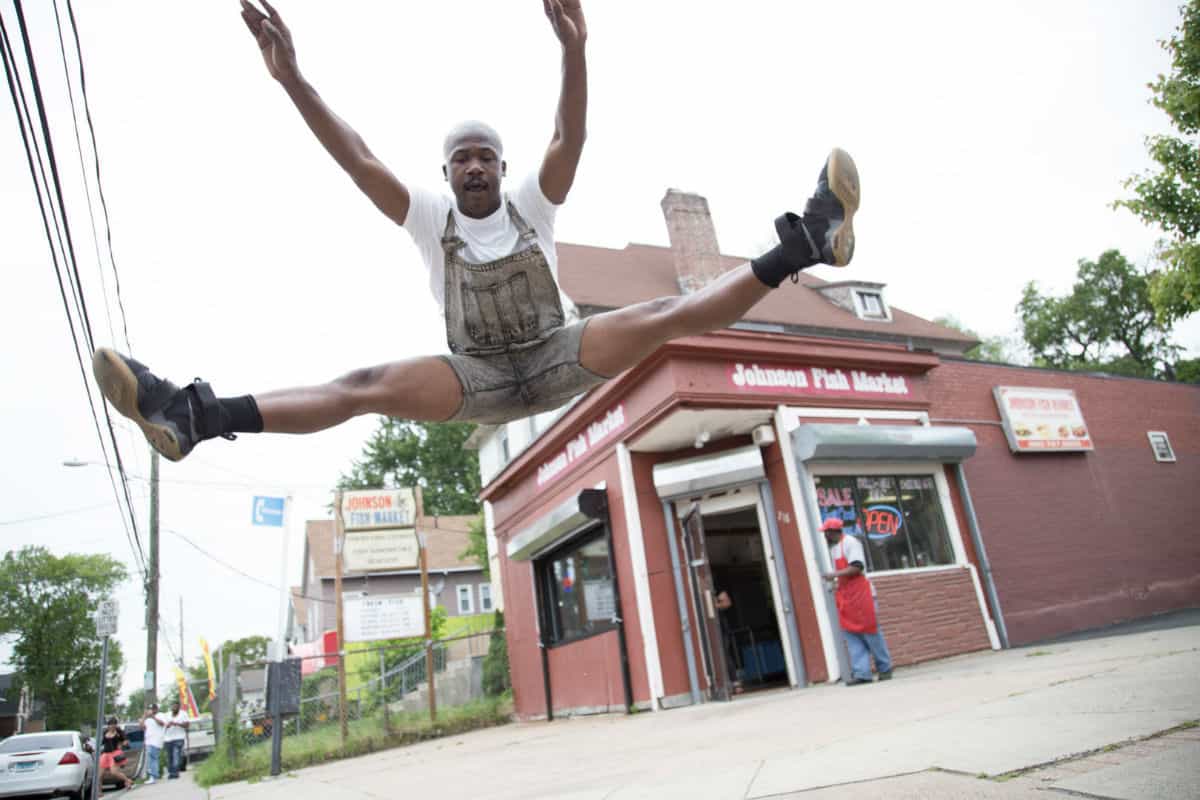Cinephiles and casual moviegoers alike – head to this 1930s-era movie house and discover what it’s like to really see a movie.
You lean back in anticipation as the legendary overture for the 1955 movie musical Oklahoma! comes to a crashing end. Up goes the romantic golden Austrian Sheer Curtain to reveal, in enormous red and white, the film’s title card. You never saw the blank screen because, according to the theater’s co-manager and founder Jim Hanley, “that would destroy the illusion of the journey you’re about to take.”
This is only part of the immersive experience of seeing a film at Cinestudio, a four-decades-old theater located on Summit Street at College Terrace in Hartford CT. The large theater with its sedate charm, carpeted walls, cozy seats and massive screen transports moviegoers back to when the function of a movie theater was to foster a sense of occasion and reverence for the medium. Contrasted now by the sad, sordid, faux-butter experience of the mega-mall multi-plex. Fortunately, we have Cinestudio – the independent theater the Cinemarks and Raves of the world strive to emulate but do not have the time, know-how, monetary incentive or heart to mimic in any meaningful way.
From the outside, the building housing Cinestudio blends into the Trinity College campus. The lobby is equally unassuming, featuring a small student-run box office and a student-events-flyer-speckled corkboard. If you continue into the lobby of the theater, or take a detour to the balcony, you’ll realize why people have been going to this place since 1970.

Photo courtesy Trinity College website
The sizable space, once a seldom-used lab for chemistry students, is a McKim, Mead and White neoclassical auditorium built in 1935, with a proscenium arch and a classically curved balcony. The design is wholly transportive and beautiful, yet offered some acoustic challenges for James Hanley and Peter Morris during the theater’s inception, as James pointed out, “The auditorium is fan-shaped, wider at the back, and the problem with that particular layout is that it makes the acoustics terrible, because the time constant of the sound increases as you move towards the back of the theater….eventually we reduced the sound reverberations to a perfect level.”
James and Peter founded the theater in 1970 and continue to co-manage its day-to-day operations. For James and Peter, everything from the programming of events, to repairing and maintaining the 100% gather curtain is a practice in community engagement and preservation. For example, when the theater made the inevitable switch from film projection to digital, they made the decision to keep their hulking 70mm and 35mm projectors because, “We felt that our function is to be an archive theater and a resource in the community, so we should keep them.”

Photo courtesy James Hanley
Apart from showing classic films like Rififi, Oklahoma!, and Wings of Desire, Cinestudio also shows second run indie films and the occasional blockbuster. According to James, this diversity in screening is essential for the survival of an independent cinema since these types of screenings bring a different set of films to a mostly suburban audience who aren’t quite cinephiles, “Because of all the alternate forms of media, you can’t get people to come twice a week to the movies anymore. We act as a seeding ground for people to possibly get exposed to something unusual. We bring in a general audience when we show something more mainstream like a 2nd run film, then we get to show a trailer for something lesser known.”
In addition to these screenings, Cinestudio has hosted several annual film festivals over the last two-and-a-half decades. Each festival is different, featuring films by middle schoolers and high schoolers, college students, international filmmakers and film festivals that focus on a specific theme. For example, Out Film CT sponsors an LGBTQA* festival, founded at Cinestudio in 1988, that screens a mix of old and new films by well-established directors and first-timers, “…many of those filmmakers have not had exposure in the market yet and they often come to present the film personally…it’s a real connection between the public and the filmmakers.”
Even with its many successes and long-standing status as a prestigious location so see a film, Cinestudio managers and staff acknowledge that they owe the theater’s continued success to their patrons and the broader region. In fact, when the theater made the essential leap from film projection to digital, it was the network of organizers and donors that helped them secure and purchase their own projection equipment, which, as detailed by James is an essential and exceedingly difficult step for any independent cinema, “The commercial theaters were very quick to pick up digital and had a deal with film studios where, essentially, the studios were paying for the projectors. Small operations like Cinestudio didn’t have that clout, even though we actually didn’t want somebody else to pay for our projection equipment anyway because, obviously, if somebody else pays for your machinery, they control it. Since we wanted to remain independent, we went out to friends of Cinestudio, our patrons, and foundations and raised $200,000 to put the equipment in. What we put in we own, and it’s the highest quality you can get – far higher quality than most theaters….had we not been supported by our patrons and these foundations, we would have gone out of business.”
Cinestudio endures for many reasons. Partly because it’s a beautiful, well-kept, community oriented place that authentically serves all types of moviegoers. But mostly, Cinestudio remains because it’s one of those rare places dedicated to facilitating an ecstatic artistic experience, one that is unmarred by pretension or the pursuit of profit. Go to this place, sit amid the scenery, and feel what it’s like to really go to the movies.
Cinestudio is a movie theater on Summit Street at College Terrace in Hartford, Connecticut. Be sure to check their current schedule for special screenings, events, and festival dates.










